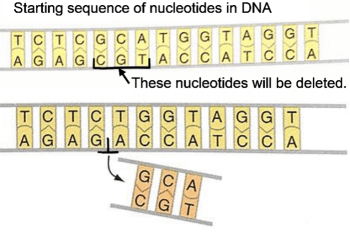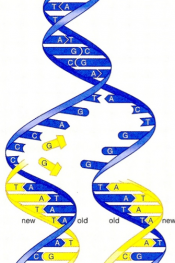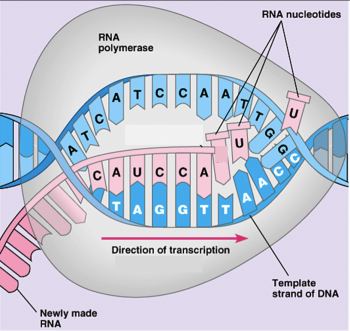
In the first section of this analysis and discussion activity, students learn that different versions of a gene give the instructions for making different versions of a clotting protein, which result in normal blood clotting or hemophilia.
Next, students learn how genes provide the instructions for making a protein via the processes of transcription and translation. They develop an understanding of the roles of RNA polymerase, the base-pairing rules, mRNA, tRNA and ribosomes.
Finally, students use their learning about transcription and translation to understand how a change in a single nucleotide in the hemoglobin gene can result in sickle cell anemia.
Throughout this activity, students use the information in brief explanations, figures and videos to answer analysis and discussion questions.
This activity can be used to introduce students to transcription and translation or to reinforce and enhance student understanding.
If you prefer a hands-on activity that uses simple paper models to simulate the molecular processes of transcription and translation, see “How Genes Can Cause Disease – Introduction to Transcription and Translation” (http://serendipstudio.org/sci_edu/waldron/#trans).

 © Serendip® 1994 - All rights reserved. Privacy Policy
© Serendip® 1994 - All rights reserved. Privacy Policy
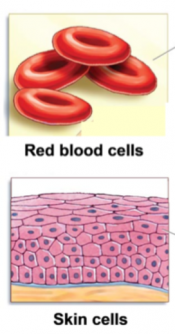 In this analysis and discussion activity, students answer minds-on questions as they learn about the differentiation of specialized cell types, including the role of changes in epigenetic control of gene expression during cell differentiation.
In this analysis and discussion activity, students answer minds-on questions as they learn about the differentiation of specialized cell types, including the role of changes in epigenetic control of gene expression during cell differentiation. Students learn about the effects of UV light, mutations and DNA repair on the survival of prokaryotes and the risk of skin cancer. In the first experiment, students evaluate the effects of different durations of UV exposure on survival and population growth of Haloferax volcanii. This experiment also tests for photorepair of DNA damage. Students design the second experiment, which evaluates the effectiveness of sunscreen. In addition, students answer analysis and discussion questions that promote their understanding of molecular biology, cancer, and the interpretation of experimental results.
Students learn about the effects of UV light, mutations and DNA repair on the survival of prokaryotes and the risk of skin cancer. In the first experiment, students evaluate the effects of different durations of UV exposure on survival and population growth of Haloferax volcanii. This experiment also tests for photorepair of DNA damage. Students design the second experiment, which evaluates the effectiveness of sunscreen. In addition, students answer analysis and discussion questions that promote their understanding of molecular biology, cancer, and the interpretation of experimental results. 
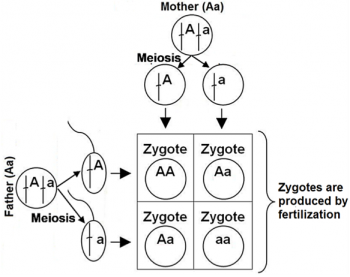 In this hands-on, minds-on activity, students use model chromosomes and answer analysis and discussion questions to learn about the processes of meiosis and fertilization.
In this hands-on, minds-on activity, students use model chromosomes and answer analysis and discussion questions to learn about the processes of meiosis and fertilization.
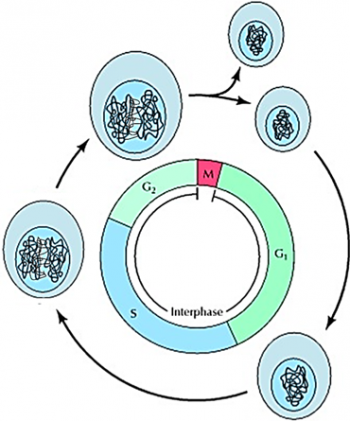 In this hands-on, minds-on activity, students use model chromosomes and answer analysis and discussion questions to learn how the cell cycle produces genetically identical daughter cells.
In this hands-on, minds-on activity, students use model chromosomes and answer analysis and discussion questions to learn how the cell cycle produces genetically identical daughter cells. This activity is aligned with the Next Generation Science Standards. The attached files have the overview of key concepts, with descriptions of relevant learning activities and links to the activities.
This activity is aligned with the Next Generation Science Standards. The attached files have the overview of key concepts, with descriptions of relevant learning activities and links to the activities. 